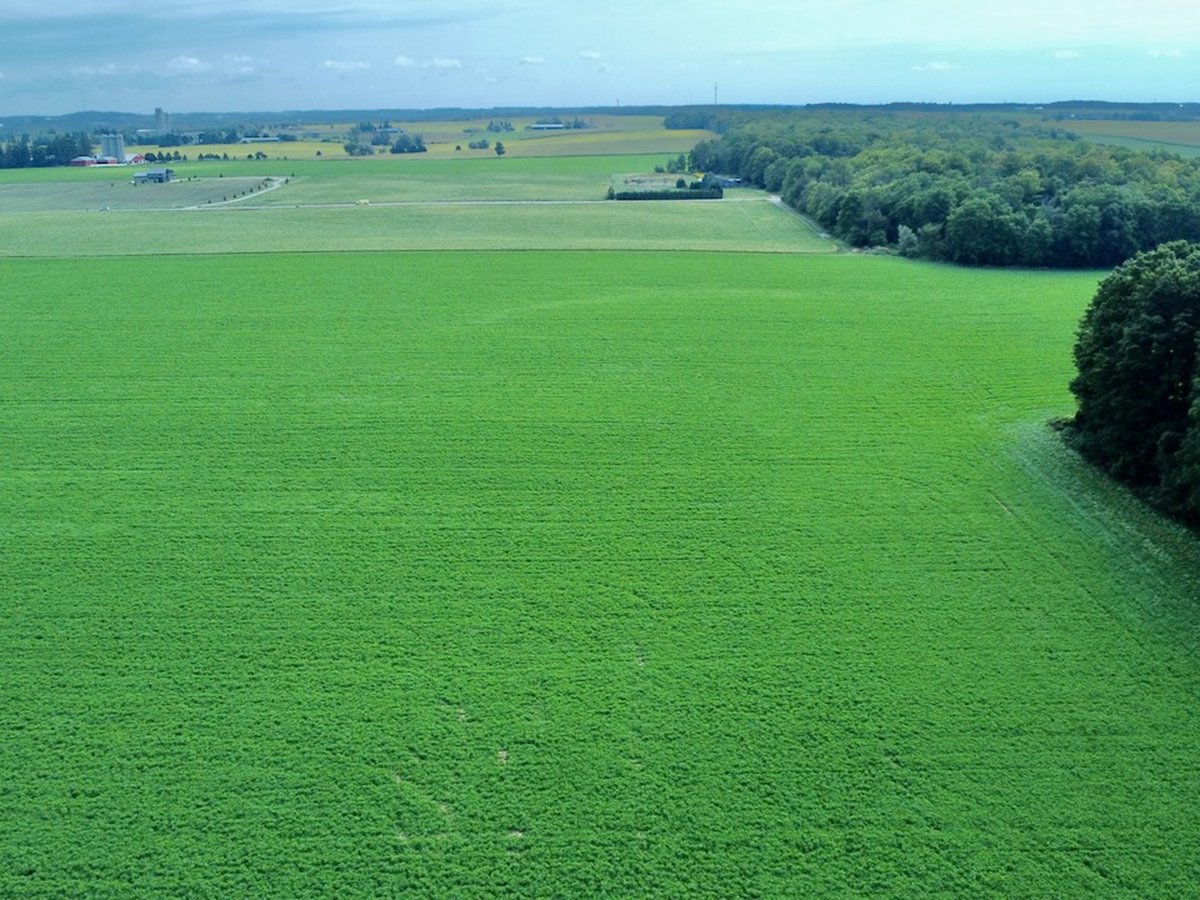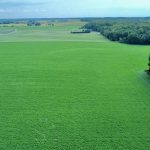It’s an underdeveloped country that has to cope with giant, often unco-operative neighbours and faces internal social strife that could rip it apart.
But plucky Paraguayan farmers have quietly gained confidence and made their country the world’s fourth largest exporter of soybeans.
“We are a landlocked country, so we have to be extremely competitive,” Sonia Tomassone, foreign trade adviser for the Paraguayan Chamber of Cereals and Oilseeds Exporters, said in an interview during the Canada Grains Council’s recent annual meeting.
Paraguay exported more than five million tonnes of soybeans in 2007-08, good enough for fourth place but a fraction of the 31.6 million tonnes shipped by leading exporter United States, No. 2 Brazil at 25.4 million tonnes and No. 3 Argentina at 13.8 million.
Read Also

Canadian Alliance for Net Zero Agri-Food launches farm resilience pilot projects
CANZA, the organization funded by some of the leading food industry companies to encourage resilient and regenerative practices on farms, announced how its programs will work on Oct. 7.
The development of Paraguay’s soybean industry is similar to that of Brazil’s Matos Grosso frontier region, where previously unfarmed land was brought into production and farmed with modern methods, producing large crops.
Tomassone said Paraguayans were surprised by the success of their export farming industry, considering it did not exist before the mid-1990s.
The success is the result of Mercosur, the South American free trade block that Paraguay and its neighbours formed between 1991 and 1994. The original 1991 agreement is known as the Treaty of Asuncion, named for the Paraguayan capital.
Faced with an onslaught of imports into its formerly protected economy, Paraguay had to find something to produce and export, Tomassone said. Many doubted the poor, sparsely populated country would succeed.
“That was a big change. At first it seemed like a disaster. We said to ourselves, ‘what are we going to do?’ Suddenly we had to find something, so we picked the soybean complex (soybean, soy oil and meal production and the crops that work in rotation with soybeans). And we realized it was a business we could do and we could compete with Brazil and Argentina, but we’d have to be very competitive.”
Since the mid-1990s, millions of acres of new production have been developed in eastern Paraguay along the Brazilian border and a modern farming economy built.
Talking to Tomassone about living beside Brazil and Argentina brings to mind former Canadian prime minister Pierre Trudeau’s comment about living beside the U.S.: whenever the elephant moves the mouse quakes.
Tomassone also showed a Canadian-like annoyance with the big neighbours’ proclivity to occasionally find technical reasons to snarl the flow of goods across the borders.
“It’s supposed to be a free trade area, but in the real world it’s not always there,” she said, referring to present tensions with Brazil and Argentina.
To avoid perceived Brazilian trade harassment, Paraguay invested in a river transportation system that now sends most Paraguayan soybeans and export crops down the Parana River to ocean ports rather than by truck across Brazil.
“We suddenly changed everything and started looking for new markets, like Asia and everywhere else.”
However, the successes have been threatened in the past few years by the rise of socialist populism in South America, which has portrayed big farmers as exploiters and beneficiaries of the nation who contribute little back.
There have been farm occupations, blockades and kidnappings in northern Paraguay, similar to the social unrest in parts of Brazil.
Tomassone said the unrest is part of the continent-wide political movement sparked by Venezuelan leader Hugo Chavez in which poor people and political movements take aggressive actions against people assumed to be privileged.
Tomassone said the gap between rich and poor is too wide in Paraguay, but the farmers aren’t the cause of it.
She said the country’s new president, Fernando Lugo, an ex-Roman Catholic priest, has led populist uprisings in the past, but Paraguayan farmers think they can work with him to take advantage of agriculture’s success and spread its benefits without destroying the people who have made it successful.
“We are on the same boat and we have to go together,” she said.
An element of narco-terrorism is also seeping over the border from Bolivia, Tomassone said. The drug industry and drug wars there don’t stop at the border. Drug lords don’t like commercial farmers who bring roads, police and witnesses to the remote regions they’re using.
Tomassone said Paraguay should have a good future if it gets through the current unrest. The country’s farmers are already trying to avoid some of the dangerous land-clearing practices and unsustainable farming methods that have sullied Brazil’s reputation.
“We have realized that the earth is our friend,” she said.
“If we don’t take care of the environment, it’s going to be a short business for us.”















